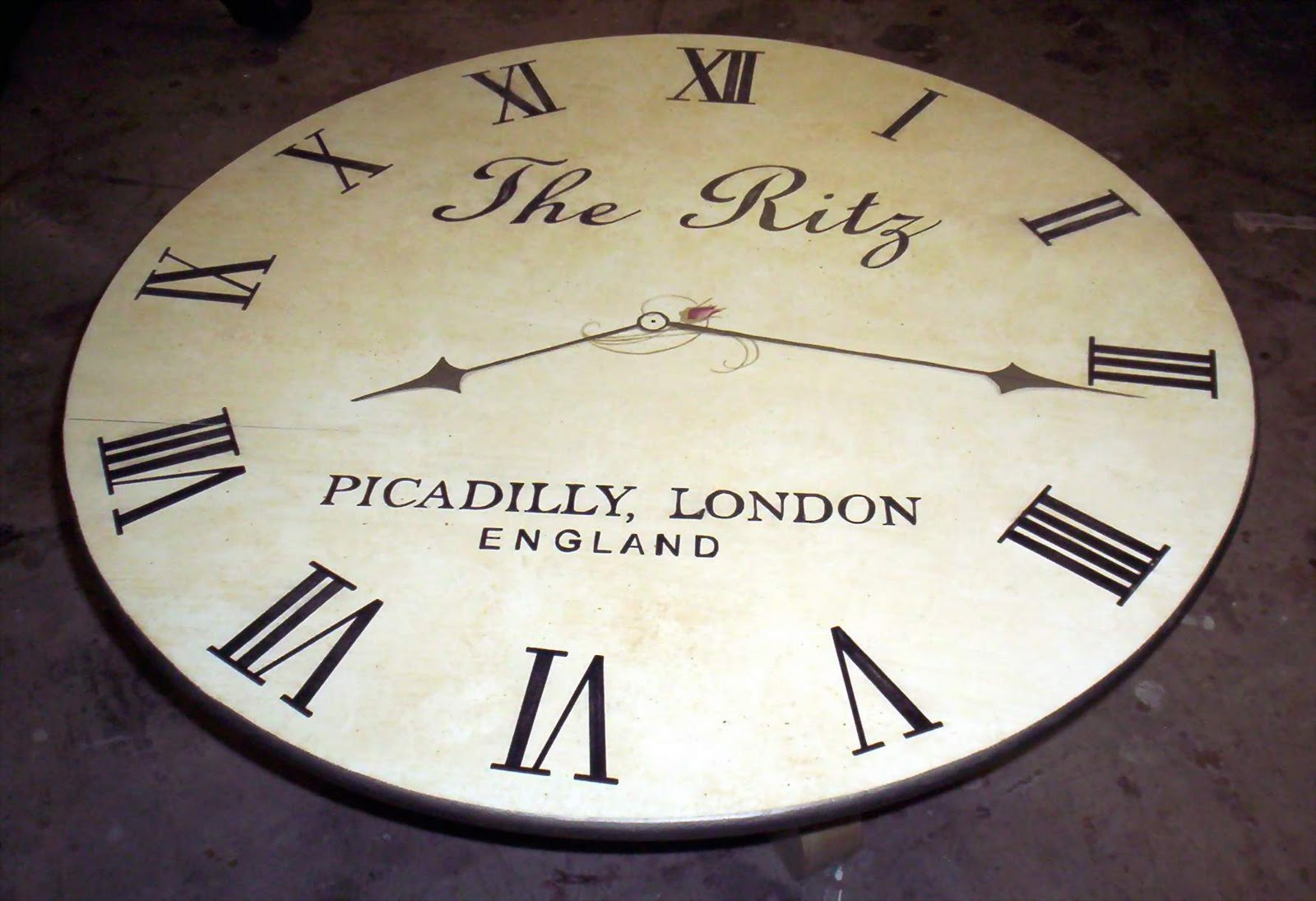Messing With Time - Putting The Clocks Forward and Back
 Wednesday, April 2, 2014 at 8:21PM
Wednesday, April 2, 2014 at 8:21PM
In March, when we 'spring forward', messing around with the clocks doesn't seem so rewarding. Not when you wake up feeling like it's really early, and it's actually an hour later than it should be. A whole hour has just disappeared and been lost. Rubbish!
It's a good job we have lots of digital things in our house, most notably our mobile phones which we use to check the time in the morning, otherwise we'd have completely forgotten the clocks went forward!

In actual fact, daylight savings time occurs because of the industrialised world wanting more useable hours of daylight during the summer months. It was only first proposed at the turn of the century, when people began to feel like they were wasting early hours of daylight asleep, and missing out on possible sunshine in the evening. So, in 1916 it was officially adopted in Europe, and later the United States. It then faded in popularity and went through a number of experiments, before it again achieved widespread adoption in the 1970s.
But of course, that's not that easy. It boils down to a case of pure and simple convenience. It's much easier to mess with time and move some hands on a clock, rather than shift our lives around.
Incidentally, remembering whether the clocks go forward or back is quite easy, and is probably the best use of the American term for autumn. You spring forward, and fall back.
Reader Comments